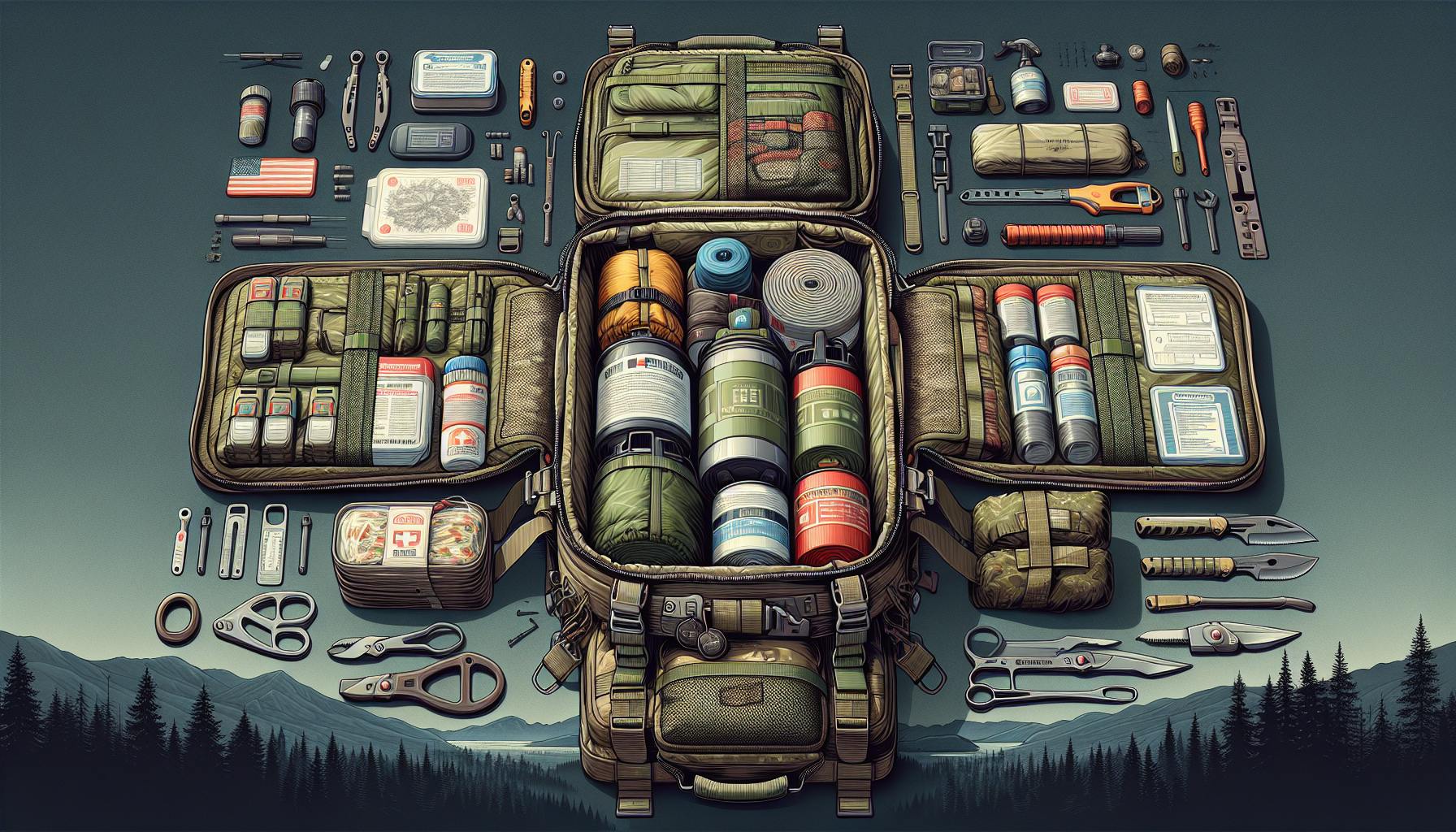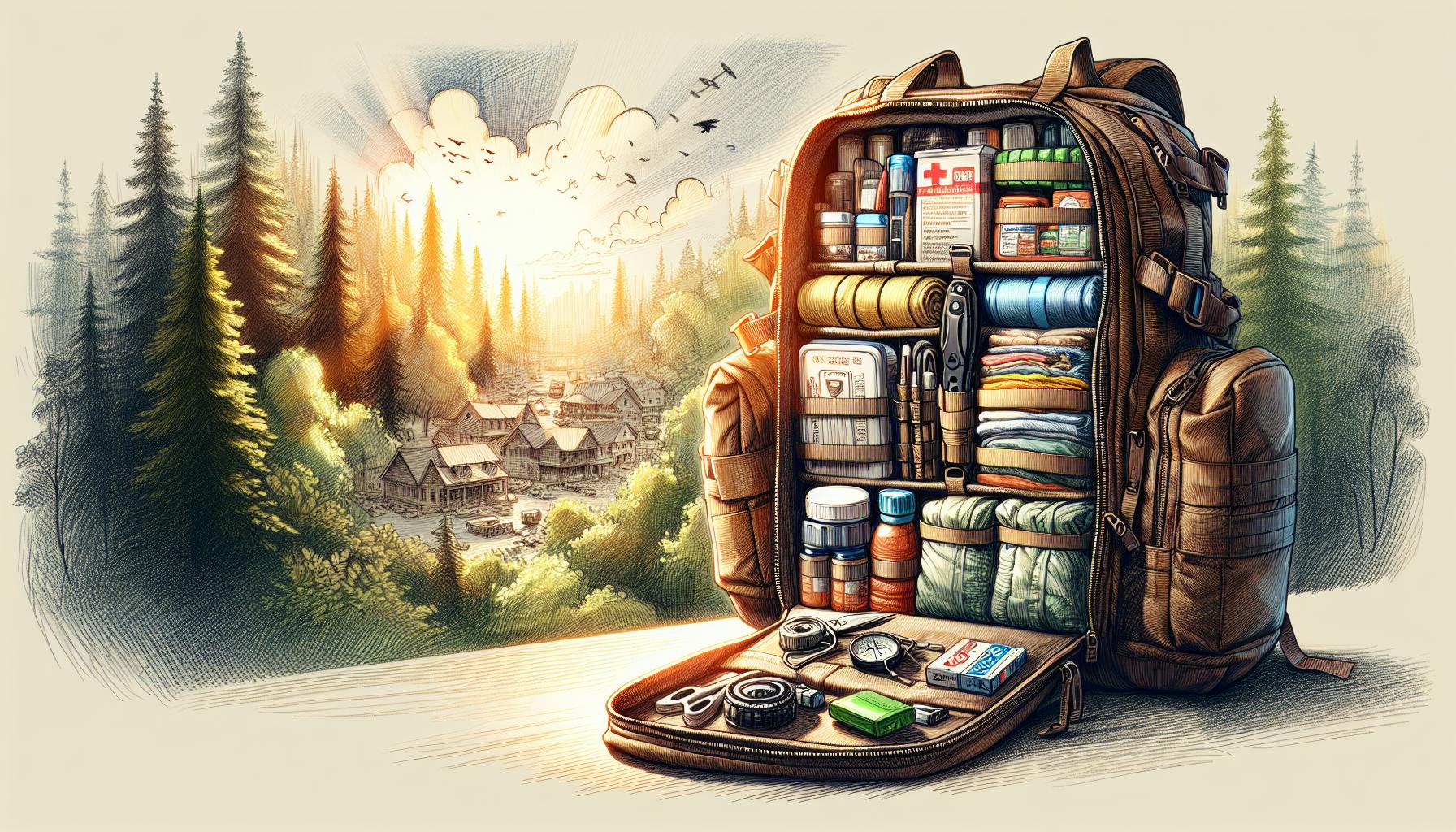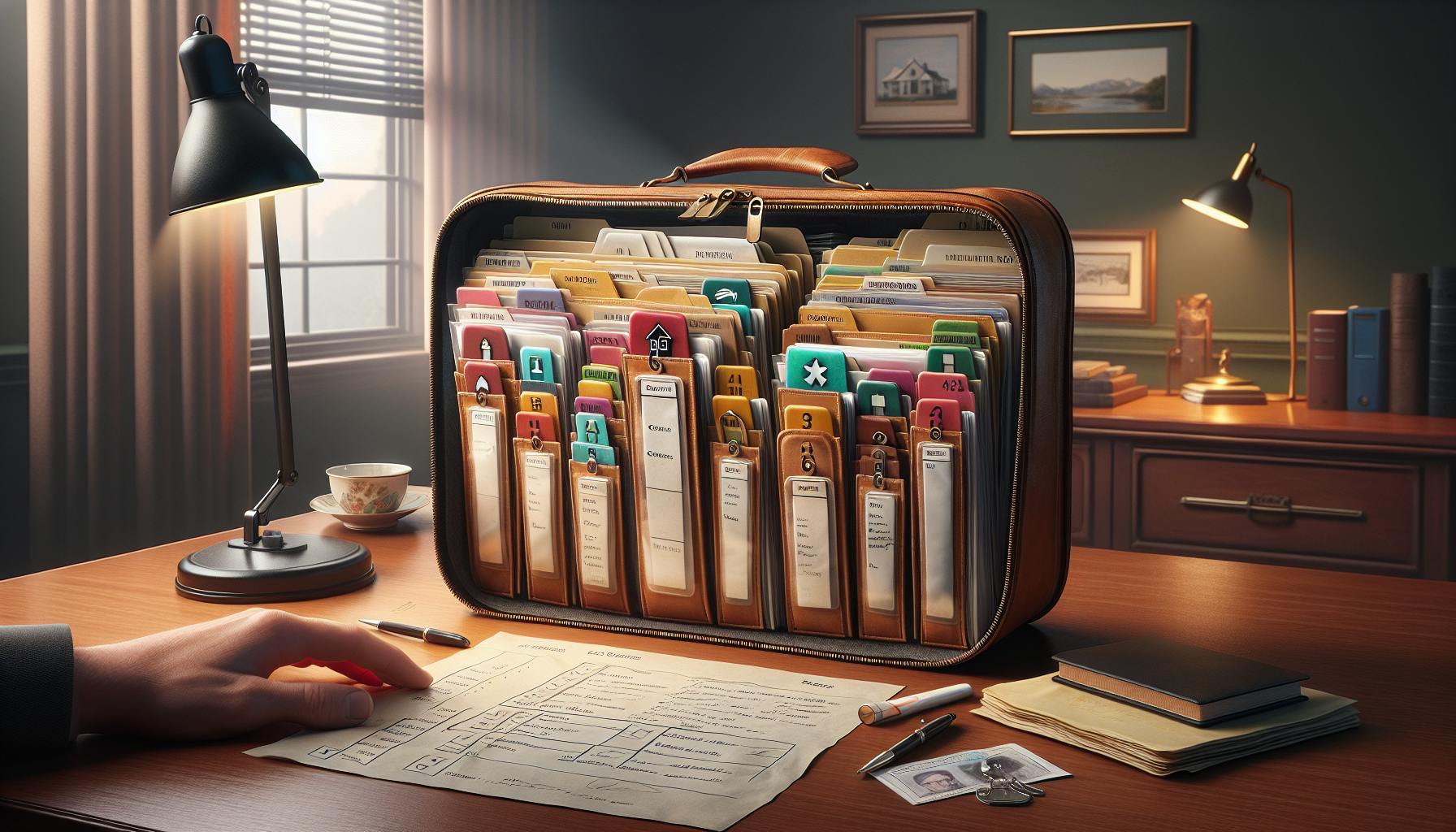Introduction to Vacuum Sealers
Vacuum sealers are an essential tool for preppers stockpiling emergency food supplies and home chefs looking to save money by buying ingredients in bulk. By removing air from specially designed bags, vacuum sealers can extend the shelf life of foods by years and prevent freezer burn. With the ability to create customized, ready-to-cook meals and safely store bulk ingredients long-term, vacuum sealers provide invaluable benefits for preparedness-minded households.
There are several types of vacuum sealers available, including chamber, external, and handheld models. Each offers unique advantages depending on your budget, kitchen space, and sealing needs. Understanding the differences between the various vacuum sealer designs allows you to select the right appliance for meal prepping, long-term food storage, and disaster preparedness.
WeLovePrepping provides in-depth vacuum sealer reviews and a detailed buying guide comparing the top models across popular brands like Foodsaver, NutriChef, and Weston. Read on to learn more about how vacuum sealers work, their key features, and how to choose the best vacuum sealer for stockpiling emergency food supplies.
What is a Vacuum Sealer?
A vacuum sealer, sometimes called a vacuum packaging machine, is an electric appliance that removes oxygen from specially designed bags to extend the shelf life of foods. The vacuum process extracts air from the bag, then a heated sealing bar melts the bag to create an airtight, oxygen-free seal.
Vacuum sealing prevents spoilage and freezer burn by blocking oxygen that causes bacteria growth, mold, and other damage. It enables long-term storage of raw proteins, baked goods, snacks, leftovers, and other perishables while maintaining texture, nutrients, and original flavors.
For preppers, vacuum sealers allow stockpiling large quantities of shelf-stable foods like rice, beans, and freeze-dried meals. Properly vacuum sealed foods can last 2-3 years in the freezer before quality loss, making sealers a cornerstone for emergency preparedness.
Types of Vacuum Sealers
There are three main types of vacuum sealers to choose from:
Chamber Vacuum Sealers
Chamber sealers use a vacuum chamber to seal entire bags at once. Foods are placed in a bag inside the chamber, which is closed and vacuum sealed. Chamber models are ideal for heavy-duty, high-volume sealing needs. However, they have a larger footprint and higher price tag.
External Vacuum Sealers
External sealers use a nozzle that vacuums and seals one bag at a time. They are more affordable and compact than chamber models. External sealers allow you to customize bag sizes to fit contents. However, they may overheat with constant extended use.
Handheld Sealers
Handheld sealers are lightweight and portable but less powerful than chamber and external models. They are only suitable for occasional, small-quantity sealing. Handhelds can help remove residual air from pre-cut bags.
Consider your budget, kitchen space, and projected use when deciding between chamber, external, and handheld vacuum sealer models. Frequent preppers sealing large batches benefit most from heavy-duty chamber sealers.
Key Features of Vacuum Sealers
These key vacuum sealer features help identify top-performing appliances:
-
Powerful vacuum motors from 10-20 inches of mercury to efficiently extract maximum air
-
Wide sealing bars that securely seal bags from edge to edge
-
Adjustable food settings to prevent crushing delicate foods during sealing
-
Automatic bag detection to initiate hands-free vacuum sealing
-
Built-in bag cutters for custom bag sizing based on contents
-
Starter kits with bags, rolls, and accessories to begin vacuum sealing immediately
When comparing vacuum sealer models, be sure to check specifications for suction power, sealing bar width, and included accessories. Prioritize units with durable motors, even heating, and useful features tailored to your usage needs.
Benefits of Vacuum Sealers for Preppers
Investing in a quality vacuum sealer offers numerous benefits for preppers:
-
Long shelf life for stockpiling emergency food supplies and water
-
Cost savings from buying foods like meat, beans, and grains in bulk
-
Prevents freezer burn to maintain nutrition, flavors, and textures
-
Customizable meals prepped in advance for quick cooking when needed
-
SHTF readiness by having a stockpile of sealed emergency supplies on hand
-
Portion control for sealing measured servings for grab-and-go convenience
Vacuum sealing enables creating a well-organized stockpile of shelf-stable emergency foods tailored to your household's unique preferences.
Choosing the Best Vacuum Sealer
With many vacuum sealer models available from leading brands, here are tips for choosing the best one for your emergency preparedness needs:
-
Compare differences between chamber, external, and handheld sealers
-
Ensure adequate power, features, and seals for your usage frequency
-
Select bag sizes that accommodate bulk staples like rice, beans, and flour
-
Read prepper-focused vacuum sealer reviews on WeLovePrepping
-
Compare prices and warranties to find top value within your budget
Investing in a highly-rated vacuum sealer designed for frequent use will enable you to take full advantage of vacuum sealing benefits.
Using Your Vacuum Sealer
Follow this vacuum sealer usage guide to properly seal foods for long-term freezer storage and optimized freshness. Always consult your product manual for model-specific instructions.
Tips for Vacuum Sealing Foods
Use these pro tips when vacuum sealing foods:
-
Freeze raw meats in single serving portions to limit air exposure
-
Pre-freeze moist foods like fruits, veggies, and sauces which can be crushed
-
Prevent sticking by lightly oiling meats and juicy foods before sealing
-
Double seal high-moisture items like raw proteins for added protection
-
Leave 1/2 inch of headspace at top of bags so food can still expand
-
Seal oxygen absorbers in bags of dried foods like grains, beans, and snacks
-
Pack dry foods like rice, pasta, and baking staples in mylar bags before vacuum sealing
Storing and Organizing Sealed Foods
Once sealed, be sure to store and organize foods properly:
-
Place sealed raw meats and produce in freezer, keeping dried goods in pantry
-
Organize freezer bags by type and expiration date, using oldest first
-
Label each bag with contents and date before freezing
-
Inspect seals periodically to ensure no punctures or air leaks develop
-
Sealed foods can be safely frozen 2-3 years before notable quality reduction occurs
Preparing Ready-to-Cook Meals
Your vacuum sealer allows you to prep ready-to-cook meals with pre-portioned ingredients:
-
Combine proteins, vegetables, grains, and sauces in a bag for complete meals
-
Add seasonings, marinades, oils, or freeze-dried ingredients as desired
-
Tailor meals to your family's taste preferences for grab-and-go convenience
-
Flatten filled meal bags before freezing to efficiently stack them
-
Defrost and cook your customized vacuum sealed meals whenever needed
Maintenance Tips
Follow these tips to keep your vacuum sealer performing optimally:
-
Replace seals, gaskets, and pads regularly per manufacturer guidelines
-
Keep sealing surfaces debris-free and lubricated to prevent bag sticking
-
Store appliance properly when not in use to maintain sealing bars
-
Periodically check door alignment if you notice suction power decreasing
-
Contact manufacturer if calibration is needed due to weakening vacuum strength
Troubleshooting Common Issues
Some typical vacuum sealer troubles and solutions:
-
Reseal bags with incomplete seals along edges
-
Adjust food-specific dry and moist mode settings as needed
-
Try narrower bags if air remains entering along sides
-
Check for obstructions if pump seems unable to fully extract air
-
Contact WeLovePrepping for more sealing troubleshooting tips
Following proper usage and maintenance guidelines will get the most value from your vacuum sealer for years to come. Visit WeLovePrepping.com for more in-depth sealing articles, product comparisons, and troubleshooting advice to master vacuum sealing for your emergency stockpile.


